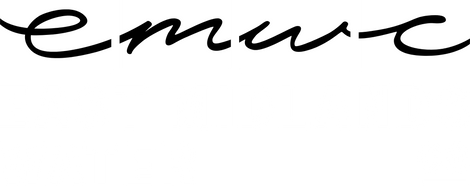You may have looked at the effects that hard water has on your home or work environment and now you might be thinking about a water softener purchase. However, choosing the right one for your needs can be an absolute minefield.
The regeneration process:
Whether electric or non-electric, all water softeners use ion exchange resin to remove hardness minerals from your water – turning it from hard (or levels of hardness) to soft water. This resin needs to be rinsed through (cleaned) on a regular basis, depending on the hardness of your water and the amount of water your household uses. This cleaning process is called regeneration.
Non-electric meter controlled water softener:
This type of water softener operates using a mechanical system to regenerate. Normally pre-set at point of manufacture to cover a range of water hardness values. The technology for non-electric softeners has been around since the 1960’s and it is a tried and tested method of softening water using this original technology.
Non-electric water softeners also come in single tank and twin tank configurations. A single tank softener will have an amount of down time whilst it regenerates. During this time, softened water will not be available but once the regeneration process has been completed this is available again. This regeneration can take place at any point during the day or night.
A twin tank will supply softened water from one tank and when regeneration is required, water supply is switched to the other tank, meaning the soft water supply is maintained, 24 hours per day.
